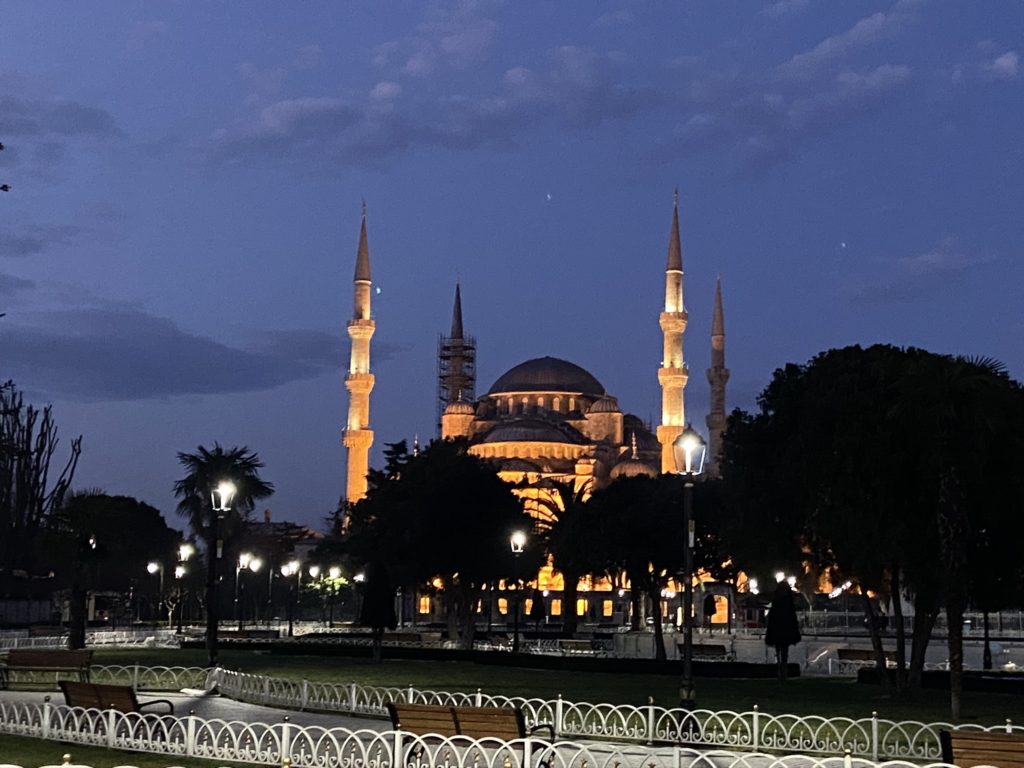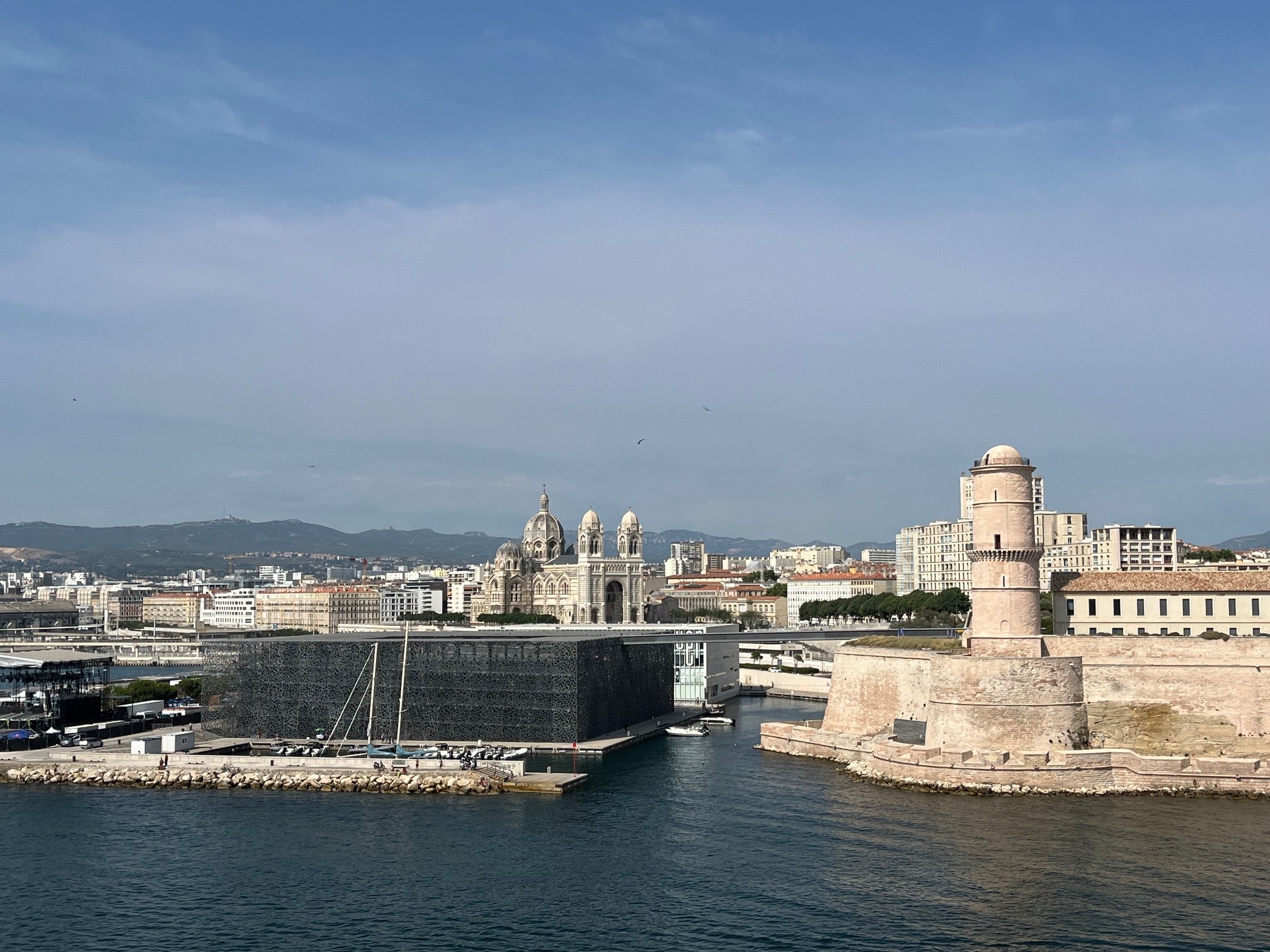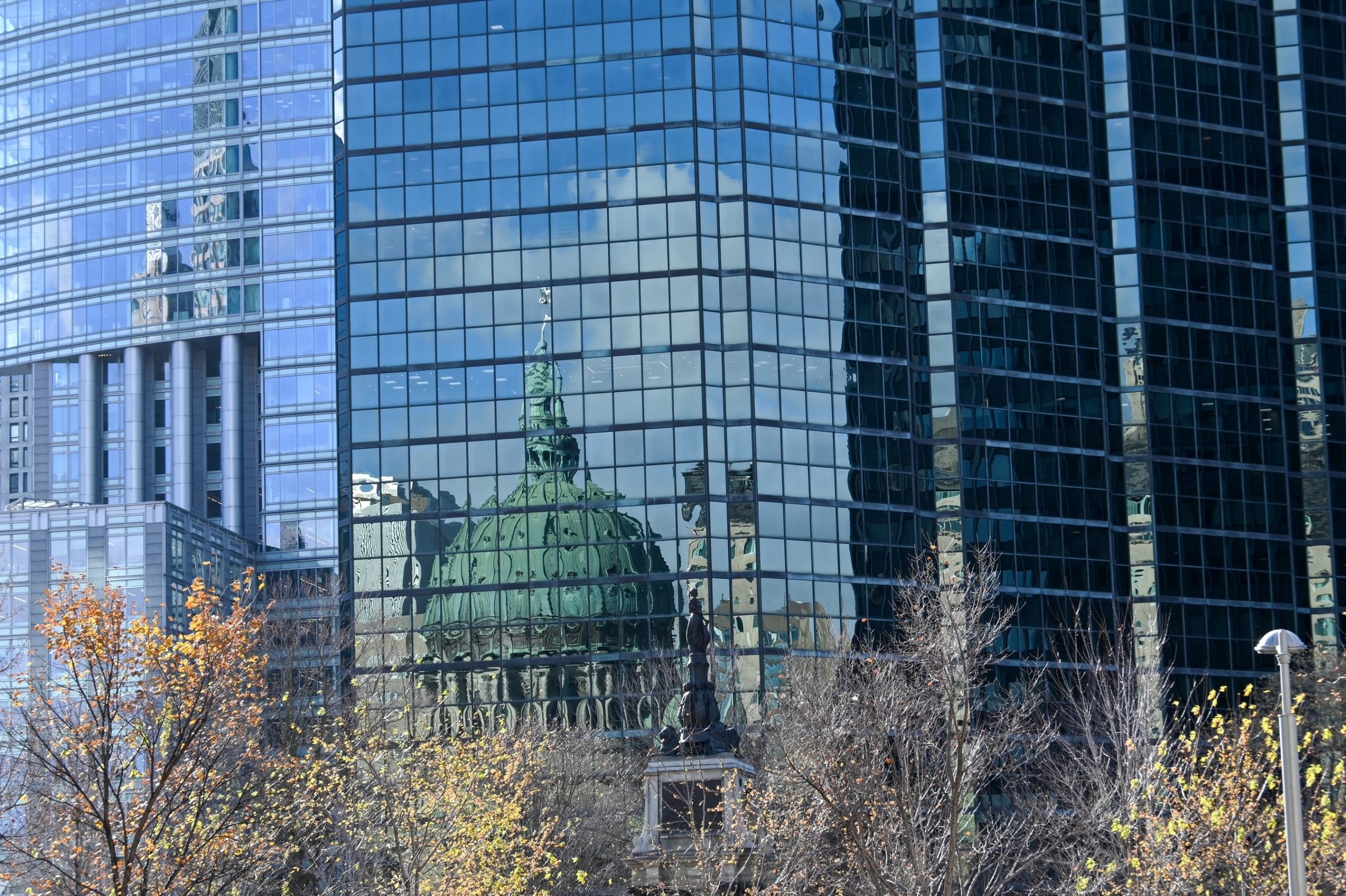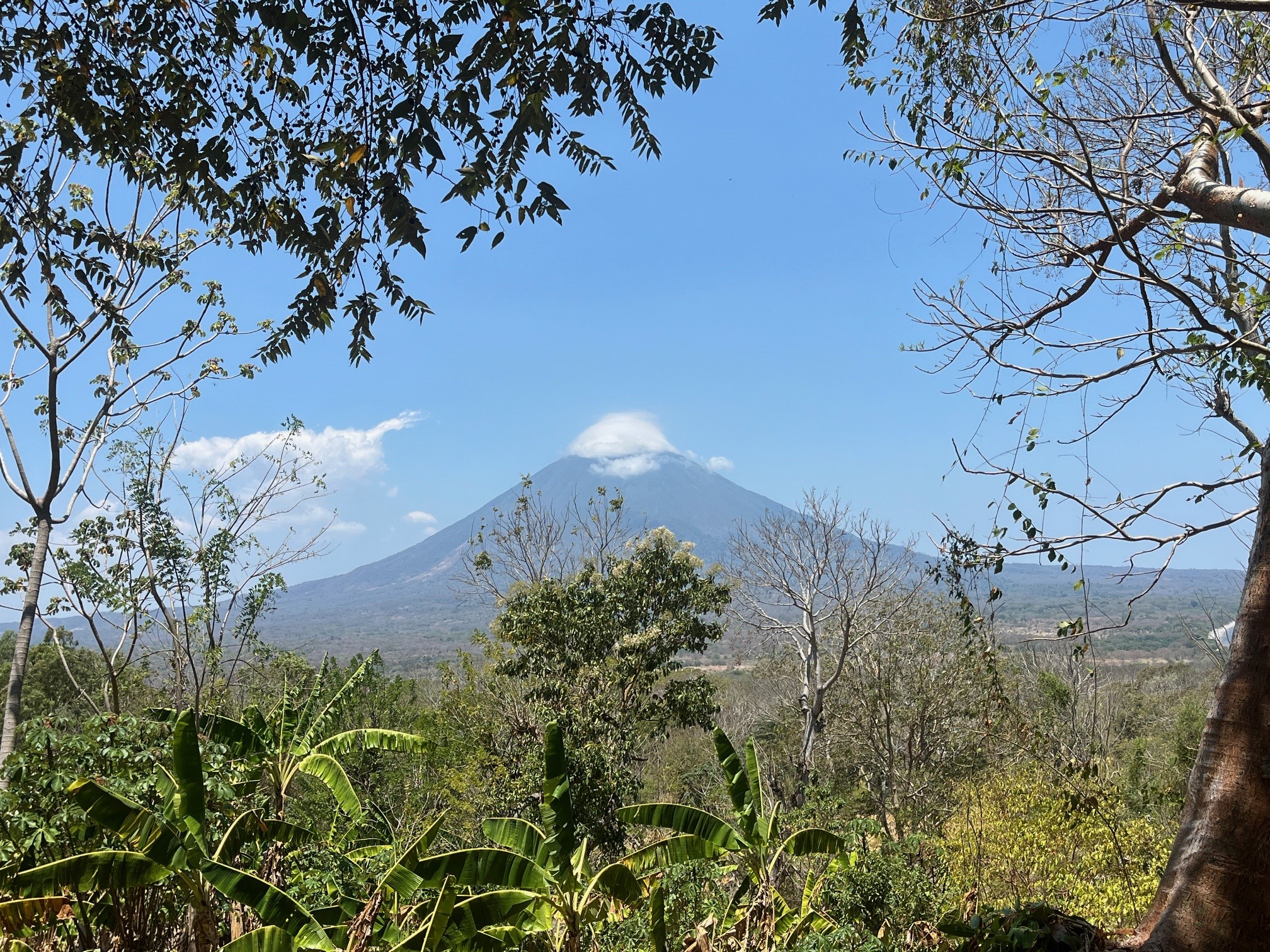Each time I travel through Istanbul, even for a short stopover, I take the opportunity to explore this fascinating city. Often also, it is a chance to discover the work of a writer: a few years ago, while walking in Beyoglu, I stumbled upon “The Museum of Innocence” opened by Orhan Pamuk.

This year, I made two short stopovers of less than 24 hours in Istanbul, between two flights at the end of February and in early March, just before the COVID crisis paralyzed international travel. After dropping my suitcase in a hotel where more than twenty years ago my wife and I spent one night during our honeymoon, I revisited with great pleasure Sultanahmet’s classics. The number of tourists was already dwindling and, in a few hours,, under the sun and taking in the fresh breeze coming from the Bosporus, I visited Hagia Sophia (which was still a museum then), Top Kapi Palace, the Blue Mosque and the Grand Bazar. And then, at sunrise, a walk along the Golden Horn and the Galata bridge filled with anglers before going up towards the wonderful Süleymaniye mosque. In the new airport’s bookstore, I looked at Turkish author Elif Shafak’s novels, and in particular « The Bastard of Istanbul » one of the books she directly wrote in English.
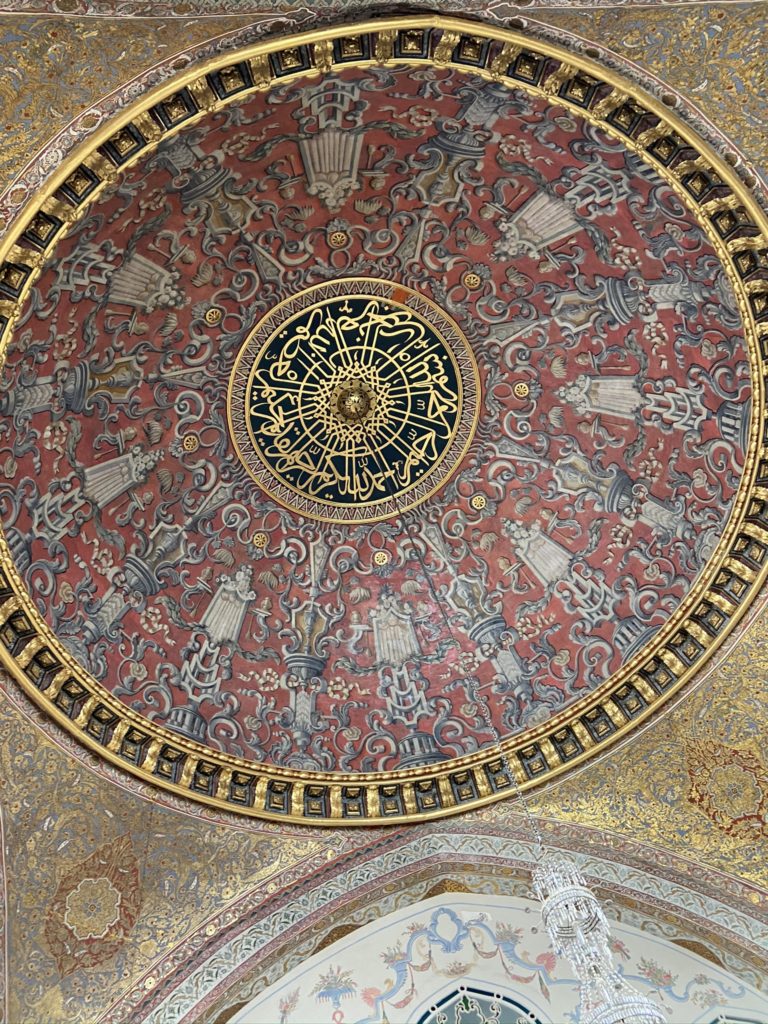
It is one of the few books written by a Turkish writer which directly addresses the Armenian genocide. The book created a scandal in Turkey and the novelist was accused in court for « insulting Turkishness”. It is the story of two young women, Asya Kazanci and Armanoush Tchakhmakhcian. The first one lives in Istanbul in a family dominated by women. The second one grew up in the United States, between Arizona where her American mother remarried with Mustafa, a Turkish immigrant and California where her Armenian-American father lives. Without telling her parents, Armanoush makes a trip to Istanbul and arrives in her stepfather Mustafa’s family. She gets along well with Asya who shows her the city. The novel’s plot, sometimes far-fetched, leads us to the hidden Armenian origins of the great-grand mother in the Turkish family.
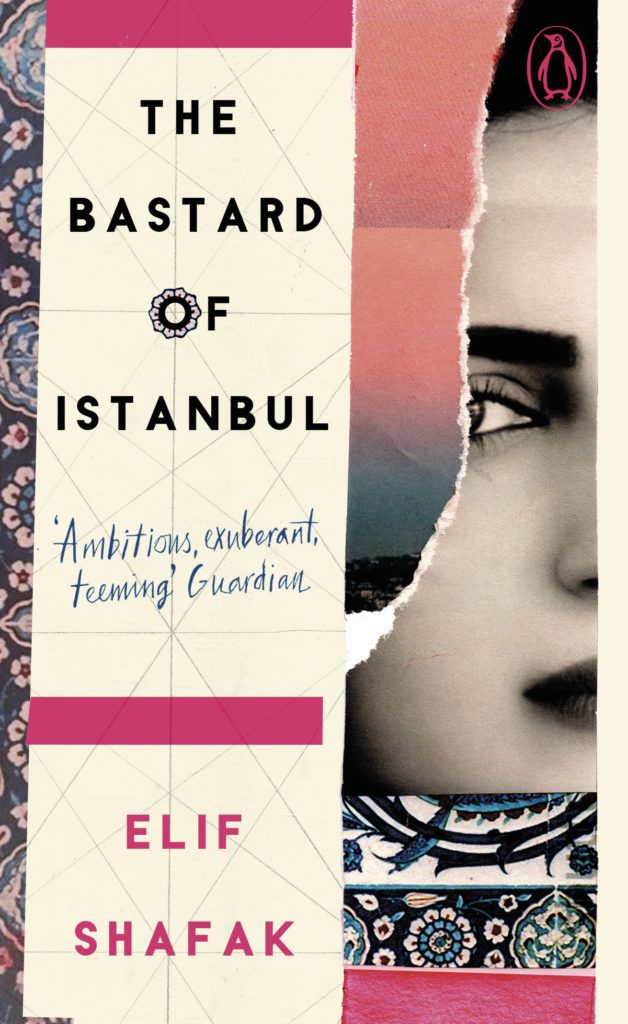
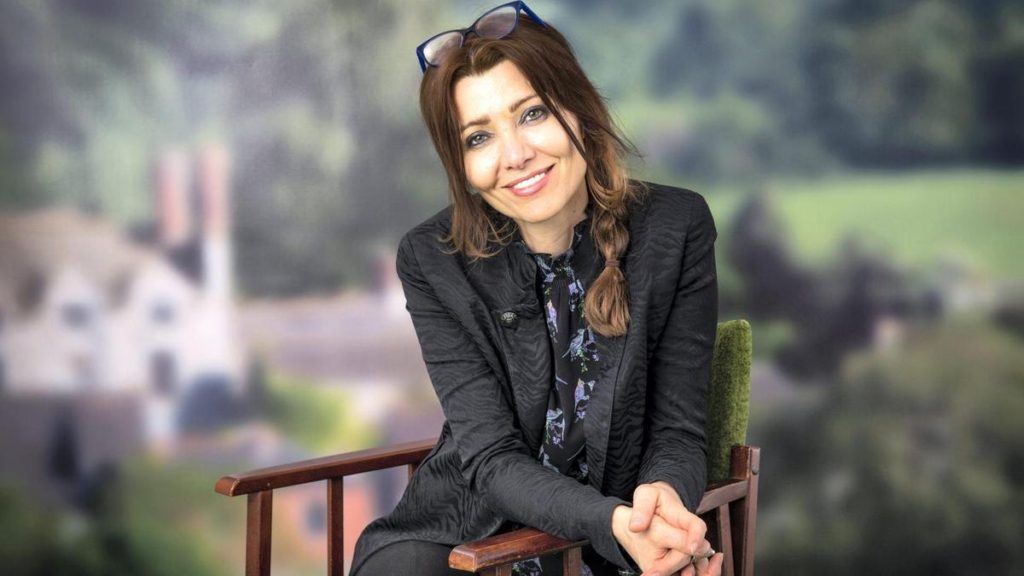
Each of the chapters in Elif Shafak’s novel is entitled with a classical ingredient in the local cuisine: dried apricots, pistachios, pomegranate seeds, etc. The reader, like Armanoush sharing meals with the family welcoming her in Istanbul, gets to realize how close the Armenian and Turkish culinary traditions are. Something I also observed during my stays and meals in Yerevan and Istanbul alike.
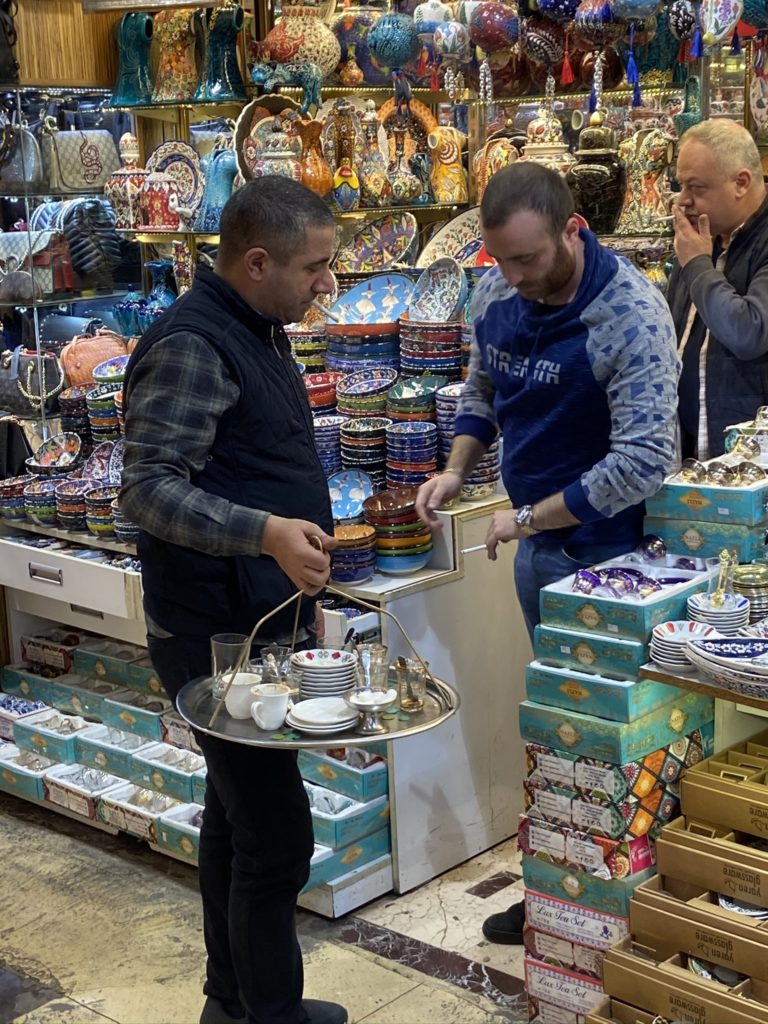
Elif Shafak’s effort to understand the Armenian perspective reminded me of the « The Gendarme » a novel by the Armenian-American author Mark Mustian. The book proposes, as it were, the opposite itinerary, by getting inside the head of a Turkish gendarme.

It is the story of Emmett Conn, a World War I veteran, injured on the Dardanelles front. Taken from the battlefield without identification, he is evacuated with the British soldiers and, after marrying an American nurse, he starts a new life in the US. Since his injury, he suffers from memory loss.
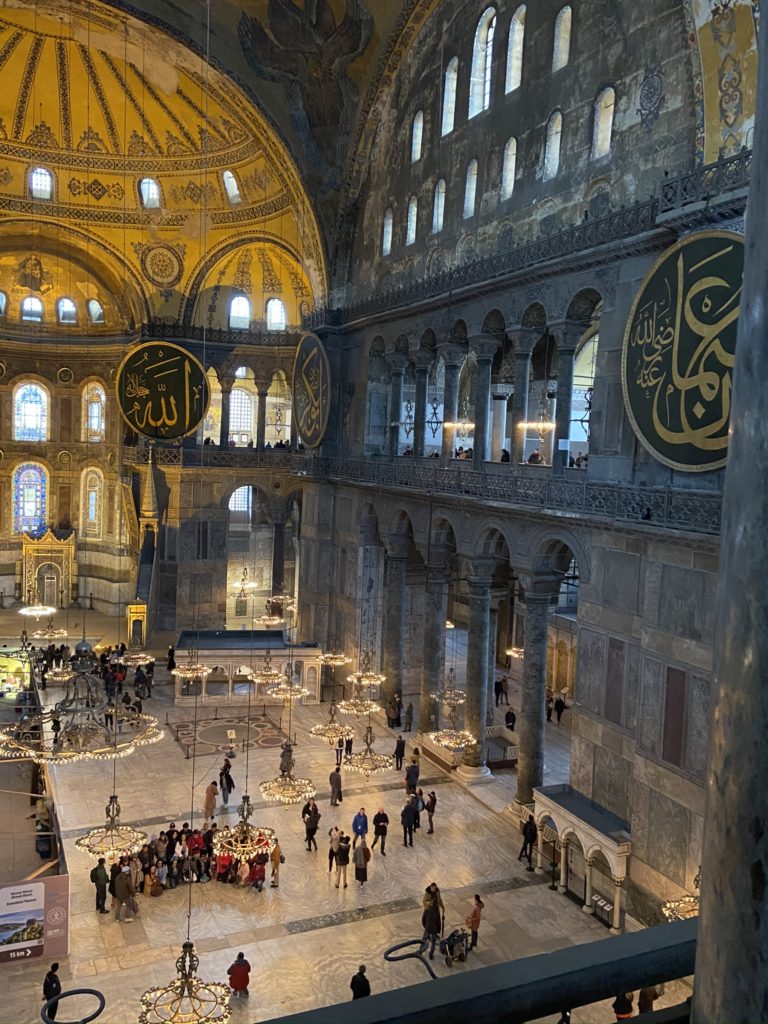
The novel shows him in his 90s, slipping towards senility. But as he is brought to a hospital, he is beset by visions flashing fragments from his youth, before the war. He sees himself in the uniform of a Turkish gendarme guarding a cohort of weak and hungry women and children on the scorching roads of Southern Turkey. His gaze cannot leave the eyes of Araxie, a young Armenian girl who enthralls him. He remembers, or at least he thinks so, doing everything possible to make the forced march lighter for her. But then, why is it that he sees himself begging for her forgiveness?
